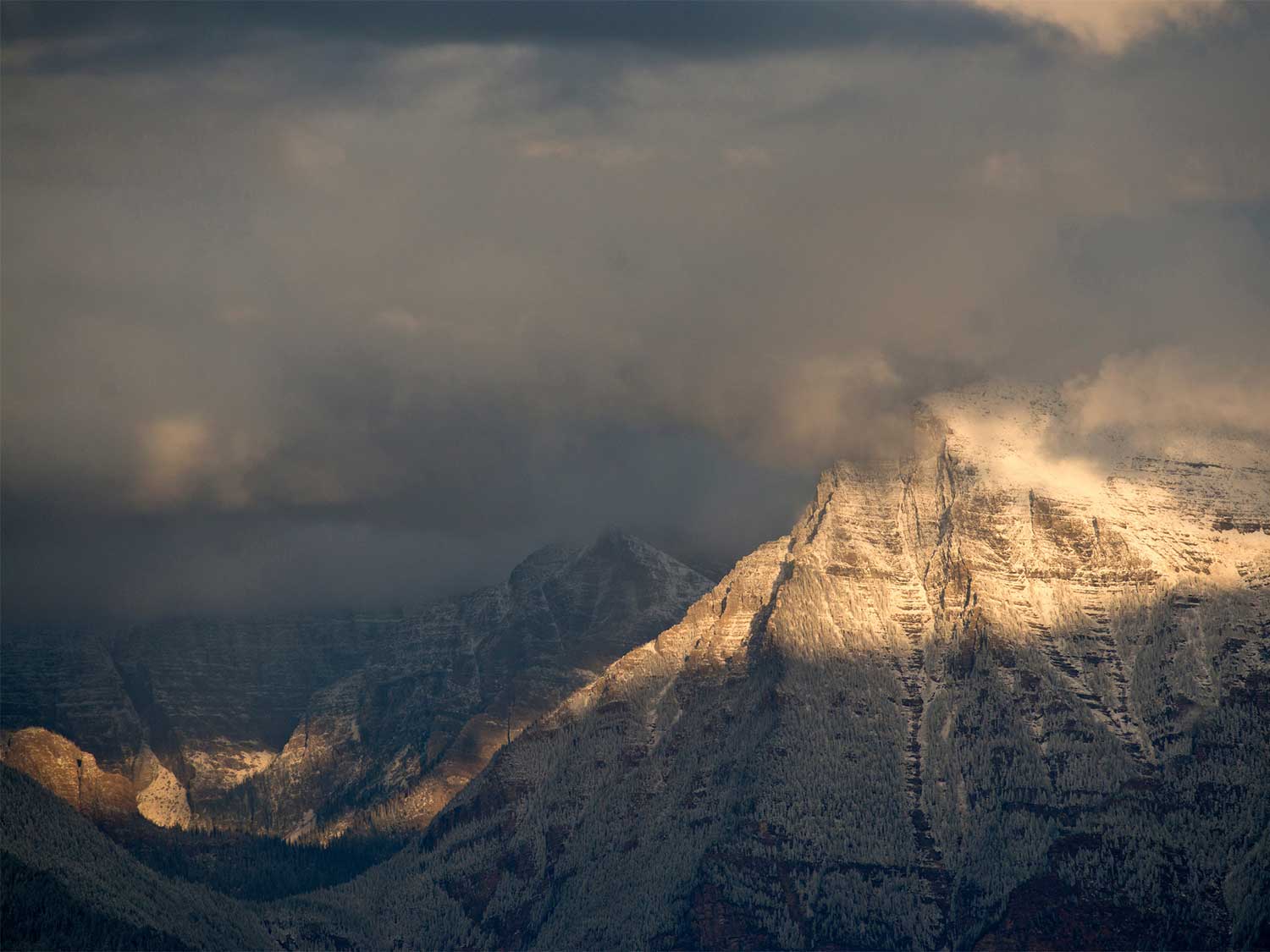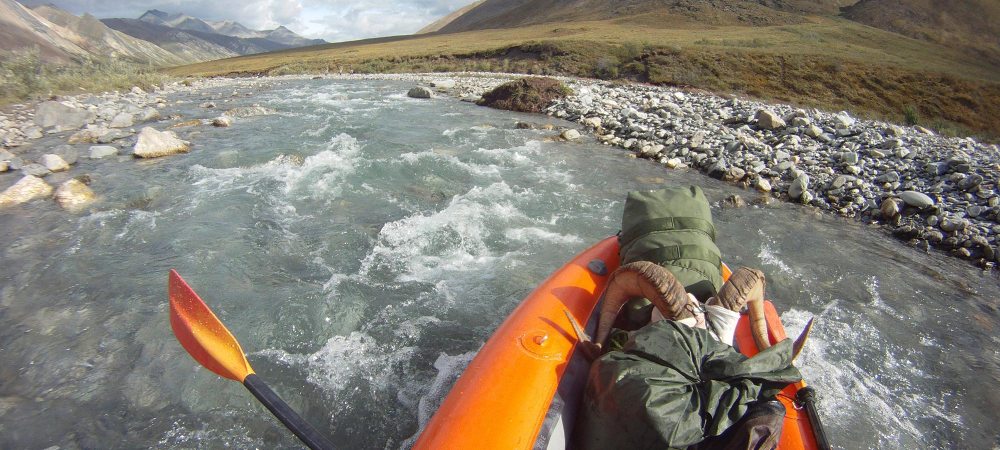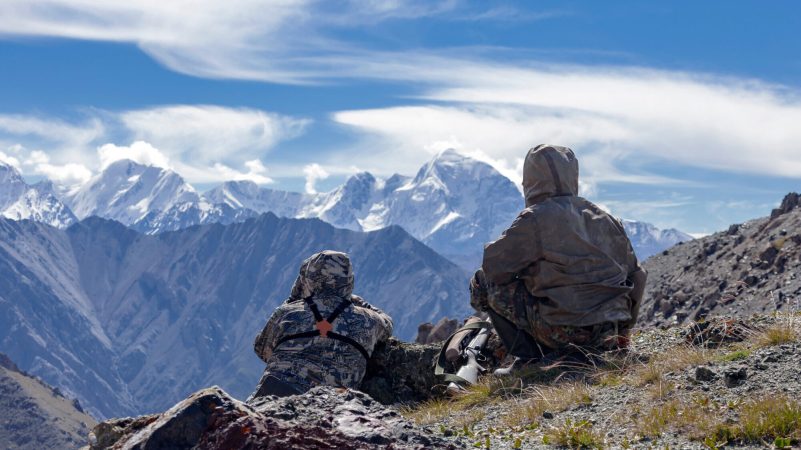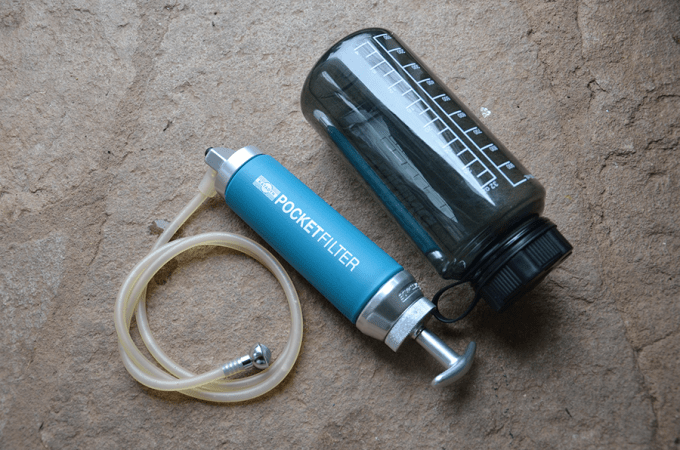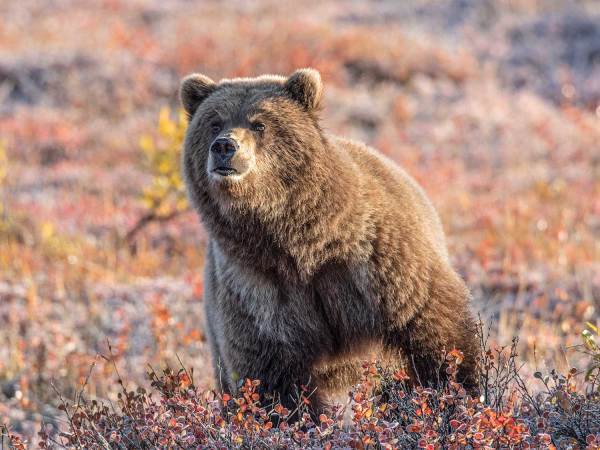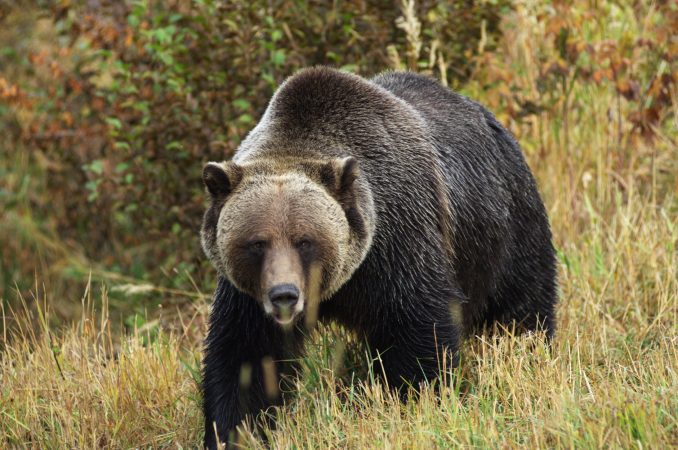Is it the excitement of the hunt that has you feeling breathless and light headed? Or is it something a little more dangerous? With big game season underway in the West, loads of flat-landers will be heading into the mountains for the hunting trip they’ve been planning all year. Those mountain hunts come with some very thin air. Here’s what hunters need to know about altitude sickness.
What Is Altitude Sickness?
Altitude sickness is a surprisingly common issue for people who don’t spend enough time getting acclimated to a sudden change in altitude—namely, going from a low elevation to a high one. This can present itself quickly (in less than 24 hours) as Acute Mountain Sickness. Less commonly, people can also develop Chronic Mountain Sickness over a long period of time. Heavy physical exertion at a high altitude can aggravate altitude sickness, and the thin air can cause a few other medical issues that are even more dangerous. According to the Centers for Disease Control (CDC), 25 percent of new visitors to Colorado will show signs of altitude sickness when they sleep above 8,000 feet.
Identifying Acute Mountain Sickness
There are several signs that you can monitor in yourself and others to stay alert for this high altitude hazard, according to the CDC. Also keep in mind that preexisting conditions such as a low red blood cell count due to anemia, heart or lung disease, and past bouts of acute mountain sickness (AMS) will put you at greater risk for AMS.
- If you have a mild case of AMS, you may experience: headache, dizziness, achy muscles, trouble sleeping, nausea, vomiting, loss of appetite, rapid heartbeat, shortness of breath, and swelling in your hands, face or feet.
- Severe cases of AMS can generate scarier symptoms, as the illness affects your muscles, heart, and circulatory system, lungs, and nervous system. Symptoms like confusion may be the result of dangerous conditions like swelling of the brain. Shortness of breath could be caused by a buildup of fluid in the lungs. Symptoms of severe altitude sickness may include coughing and chest congestion, pale skin or loss of color, a loss of motor skills or balance, psychological symptoms, and any of the symptoms listed in the mild AMS diagnosis.
Treating Acute Mountain Sickness
Returning back down to a lower elevation is the main method of treatment for AMS, but you’ll want to consider these other points as well.
- Mild cases can be treated by returning to a lower altitude, reducing your activity level and staying hydrated with plenty of water.
- If you’re suffering from a severe case of AMS, hospitalization will be required to determine if there is brain swelling or fluid in the lungs.
- Oxygen, blood pressure medicine, lung inhalers, and other medications may be necessary for the treatment of Acute Mountain Sickness.
Identify Chronic Mountain Sickness
Chronic Mountain Sickness (CMS) is a condition in which your blood has a higher proportion of red blood cells than normal, but the amount of oxygen in the blood is very low (hypoxemia). This condition usually takes years to develop, and most cases occur at elevations above 10,000 feet. It’s the result of the body’s attempt to adapt to life in a low-oxygen environment. Common symptoms include headaches, ringing of the ears, dizziness, shortness of breath, and heart palpitations. It can also cause symptoms of fatigue, trouble sleeping, a diminished appetite, and mental confusion.
Treating Chronic Mountain Sickness
It may take a while (weeks or months) to feel better, but heading to a lower altitude is the typical cure for CMS. In the oxygen-dense air, the body can naturally return to the proper red blood cell volume and oxygen levels. Certain prescription medicines (like acetazolamide) have also been proven to improve CMS by creating better blood oxygenation and lowering the pulse. Therapeutic treatments involving oxygen and physical therapy. Breathing exercises can also reduce CMS symptoms.
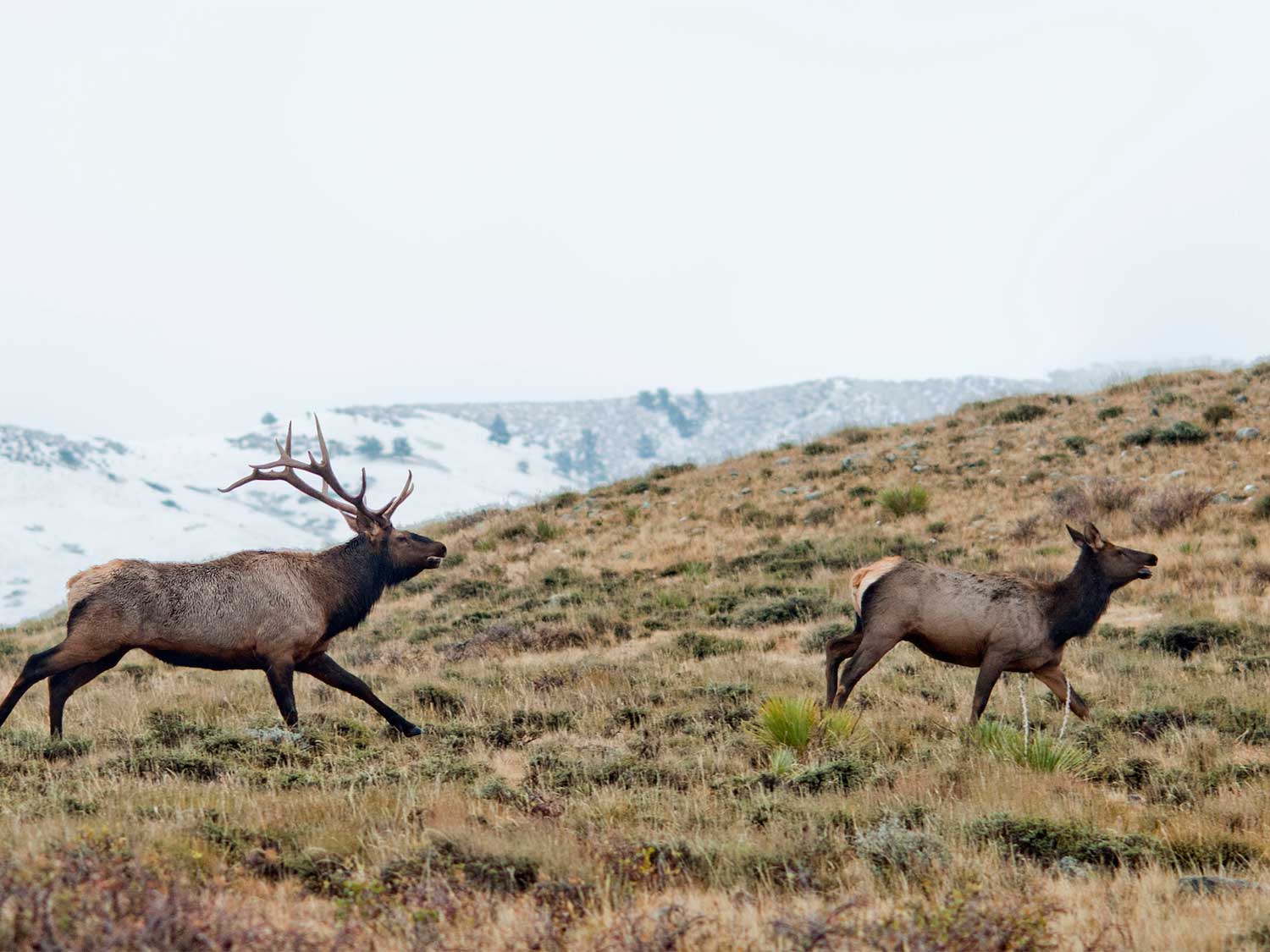
Altitude Sickness Myths
Myth #1: Altitude sickness only affects the old and fat, not the young and fit.
It seems logical. Those who are in better cardiovascular shape should fare better in the thinner air. However, this just isn’t true. AMS and other altitude-related ailments can happen to anyone. We all need oxygen to breathe, whether we are large, small, young or old. Even thought the percentages of oxygen to nitrogen stay the same as you go higher up, the density of the air changes. Further away from sea level, there are fewer and fewer molecules of oxygen and nitrogen per cubic foot of air. If a person climbed high enough (say to the top of Mount Everest), there wouldn’t be enough oxygen molecules to breathe. So even if you’re an athletic youngster without a single health problem, altitude sickness can still affect you.
Myth #2: Altitude sickness isn’t a serious condition, it’s just lowlanders complaining that it’s hard to breathe.
Dead wrong. AMS and CMS can present with some very alarming and hazardous symptoms. They can also be accompanied by high-altitude cerebral edema (HACE) and high-altitude pulmonary edema (HAPE). HACE is essentially swelling of the brain, and it has a common outward symptom: ataxia. This is seen as uncharacteristic clumsiness and a loss of balance. HACE can also present with extreme tiredness and confused thoughts. If HACE progresses unchecked, the brain swelling can lead to a loss of consciousness and death. If that wasn’t bad enough, there’s also HAPE (high altitude pulmonary edema). This is another life-threatening condition caused by high altitude.
HAPE is essentially fluid in the lungs, which blocks some of the normal oxygen absorption and carbon dioxide release. In the already thin air, you certainly can’t afford to limit your oxygen intake any further. Symptoms such as headaches and profound shortness of breath are common with HAPE, especially after strong exertion. Additional symptoms include a quick pulse with palpitations, fever, tiredness, and chest pain. Those suffering from HAPE may even cough up foamy bloody mucus. If any of these symptoms occur, descend immediately and seek medical care.
Myth #3: Altitude sickness is a stand-alone ailment and doesn’t have any bearing on other medical conditions.
Wrong again. Those with lung conditions and heart problems, even if they are well-managed at sea level, may be at greater risk for altitude sickness. These conditions include angina, COPD, sleep apnea, and numerous other ailments. If you suspect that one of your personal medical issues will be impacted by high elevation (or put you at greater risk for altitude sickness), consult your doctor as part of your trip planning. Certain prescriptions can help the body adapt to thinner air and the problems that accompany it.
Read Next: 11 Common Survival Mistakes That Can Get You Killed
How to Prevent Altitude Sickness
Most of us only get a few precious vacation days each year, so it may seem silly to allow extra days for altitude adjustment. However, if your plan involves climbing mountains and sleeping two miles above sea level, taking your time ascending can really pay off. For example, if you’re flying from sea level to Denver (5,280 feet above sea level) and then driving higher into the mountains for a high-altitude hunt, consider planning a full day in Denver to get acclimated. You don’t want to go from sea level to sleeping at 10,000 feet in a single day. It may not seem like a big deal when you’re planning your trip, but this is exactly the type of scenario that gets people in trouble.
We’re certainly not telling you to avoid the high mountains, but we are suggesting that you ease into higher elevations. The CDC recommends that we avoid traveling from a low altitude to a height of over 9,000 feet in just one day. Rather, we should gradually climb to higher elevations. So take the extra time. It will likely pay off in the long run.
